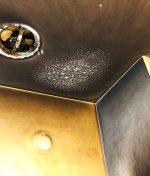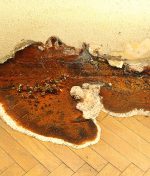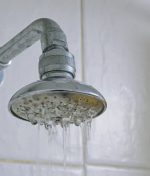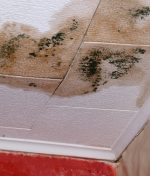How Do You Know When It’s Time to Replace Water-Damaged Floors?
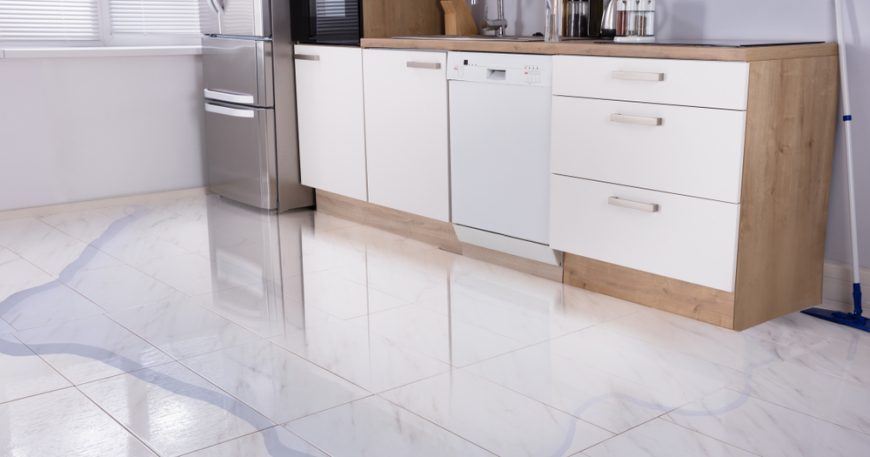
- June 18, 2025
- byadmin
- Flood Restoration
Water damage to flooring is one of the most common problems homeowners face after a leak, flood, or plumbing issue. While some water damage may seem superficial at first, the effects can quickly worsen over time—especially if not addressed properly. Floors are particularly vulnerable because they absorb moisture, leading to warping, mold growth, and even structural instability. But how do you know when it’s time to repair—and when it’s time to replace?
At RAMM Water Restoration, we’ve helped countless homeowners in San Diego restore their properties after water damage. We approach every situation with care and compassion, knowing that water damage is more than just physical—it’s emotional too. Here’s what you need to know to make the right decision when dealing with water-damaged floors.
1. Visible Warping or Buckling
One of the clearest signs that your floors need to be replaced is visible warping or buckling. When wood or laminate flooring absorbs water, it expands. As the moisture settles, the boards can rise, curl, or shift out of place.
If you notice your floor feels uneven underfoot or see visible peaks and dips, it’s likely that the structural integrity has been compromised. In most cases, this kind of damage cannot be reversed and calls for full replacement.
2. Persistent Musty Odors
A lingering musty smell, even after cleaning and drying the area, is a strong indicator that water has soaked beneath the surface. This odor is usually a sign of mold or mildew growth, which can thrive under floorboards, particularly if the subfloor has been affected.
Odors that don’t go away after 48–72 hours of drying should be investigated. If mold has taken hold, floor removal and replacement may be necessary—not just to protect your home, but to protect your health.
3. Discoloration or Staining
Water can leave behind unsightly stains or discoloration, especially on hardwood, carpet, or vinyl flooring. Over time, these blemishes often grow larger and darker, signaling that the water damage may extend deeper than it appears on the surface.
If the stains don’t respond to cleaning or begin to spread, it’s a sign that the moisture may have compromised the subfloor. In such cases, replacement is often the safest route.
4. Soft or Spongy Texture Underfoot
Walk across your floor. Does it feel soft, spongy, or like it’s sagging in places? This is a red flag. Flooring materials like plywood and OSB (oriented strand board) can deteriorate when exposed to water over time, causing them to lose their strength and support.
A soft floor is more than a cosmetic issue—it’s a safety concern. If you notice this kind of damage, call a professional right away. The longer you wait, the more costly and dangerous the repairs can become.
5. Mold Growth Around or Under the Floor
Mold thrives in damp, hidden environments, making the space beneath water-damaged floors an ideal breeding ground. If you spot mold around baseboards, between seams, or coming up from floorboards, it may be a sign that the entire flooring system has been compromised.
Because mold can pose serious health risks—especially to children, seniors, and those with respiratory conditions—it’s critical to address the problem quickly and safely. Replacing the flooring is often necessary to fully remove the mold and stop it from spreading.
6. Separation or Gaps Between Boards
When flooring boards start to separate or shift away from each other, it’s usually a result of water seeping between them. These gaps can lead to further damage as dirt and moisture accumulate inside.
In addition to being unsightly, separated boards can become a tripping hazard or signal deeper structural issues. If tightening or re-securing the boards isn’t possible, full replacement may be the only long-term solution.
7. Damage to the Subfloor
Sometimes, the real issue lies beneath the surface. Even if your top flooring layer looks okay, water can cause damage to the subfloor, leading to instability and future mold problems. Signs of subfloor damage include uneven flooring, damp smells, and squeaking when walking.
If your subfloor is waterlogged or rotting, the entire floor system—top layer and all—must be removed and rebuilt to restore safety and prevent future issues.
8. Multiple Water Events Have Occurred
If your home has experienced repeated flooding, leaks, or plumbing issues, your flooring materials may no longer be salvageable—even if they look fine on the surface. Water exposure weakens flooring over time, especially when it’s not completely dried between events.
In such cases, replacing the floors proactively can help you avoid larger problems down the road.
How we can help
At RAMM Water Restoration, we don’t just restore floors—we restore comfort, trust, and peace of mind. We know how upsetting it is to see your home damaged by water, and we’re here to help you navigate the process with compassion and clarity.
Our San Diego-based team specializes in flood damage restoration, mold remediation, and flooring assessments. We’ll walk through your property, identify exactly what’s salvageable and what needs replacing, and offer honest, expert advice tailored to your situation.
From the first inspection to the final walk-through, we treat your home like it’s our own—with care, respect, and attention to detail.
If you suspect water damage in your floors, don’t wait. Call RAMM Water Restoration today, and let us help you rebuild stronger, safer, and with confidence.


